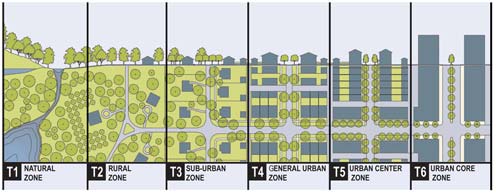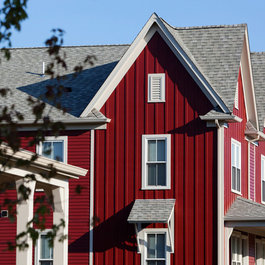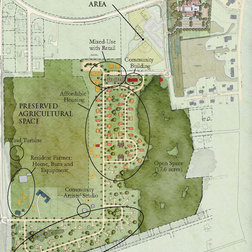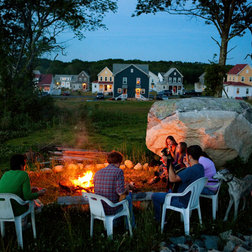It's no secret that public housing waiting lists in both large and small cities across the country are staggeringly long. In cities like Washington, D.C., waiting lists can stretch to up to a decade and, in recent years, tens of thousands of people have
lined up outside public housing authority (PHA) offices in places like East Point, Ga. just to apply for newly available units and vouchers. In order to address concerns and frustrations of those residents on the waiting lists and to ease the pressure placed on PHAs, some housing authorities are adopting controversial practices regarding how available public housing slots are filled. These practices, often called "self-sufficiency strategies", have existed in a limited number of municipalities through federal approval since HUD's 1996 "
Moving to Work" demonstration project and include incentives for public housing applicants to enroll in school or attain job placement and stricter time limits on a person's eligibility for vouchers or public housing.
 |
| Image Credit: Chicago Housing Authority |
Jennifer Levitz of the
Wall Street Journal reports that as many as 39 PHAs have already set these restrictions. In Tacoma, Wash., residents are only eligible for rental vouchers and public housing for five years, a term modeled after the limits placed on TANF welfare benefits recipients in the 1990s (San Mateo, Calif. and San Antonio, Tx. are also planning to implement similar time limits in the coming months). Alternatively, PHAs have established incentives for applicants to become employed, engage in community service, or enroll in school full-time in order to be prioritized on the waiting list. The Tacoma pilot program that introduced voucher and housing eligibility term limits also includes rental-support vouchers for residents who take active roles in their children's schools. In Worcester, Mass., the Worcester Housing Authority received federal clearance to add employment and full-time schooling
requirements to federally-run public housing in the city and hopes to adopt similar practices on all PHA-run properties in the future. Larger cities like Houston and Milwaukee that face even more daunting waiting lists are also seeking such approval.
 |
Crowd queuing to apply for vouchers in East Point, Ga. (2010)
Image Credit: Atlanta Journal-Constitution |
Proponents of these conditions, which have received broad support from the Obama Administration, maintain that they are aimed at promoting residents' economic independence and more efficiently opening up the finite supply of public housing and available rental vouchers to clogged waiting lists and increased demand. However, opponents have expressed concerns that incentives prevent those most in need of housing placement and vouchers- those who cannot afford to enroll in school full-time or are not able to find the employment necessary to qualify for a waiting list boost- from being able to receive housing assistance. Additionally, Linda Couch, Senior VP for Policy and Research at the
National Low Income Housing Coalition, notes that the imposition of time limits on housing and voucher eligibility would terminate families' housing assistance prematurely and create a cycle where terminated families would be forced back onto the waiting list for more assistance. In her statement to the
WSJ, Ms. Couch summed up the counterargument to self-sufficiency strategies, saying "The answer is more affordable housing; it's not moving the deck chairs on the Titanic."
And so, dear reader, I throw the question to you. Do you think the rise of housing eligibility time limits and waiting list incentives encourage self-sufficiency and are a viable method to address the difficult supply-and-demand problems faced by PHAs? Do you believe that these strategies promote anything but self-sufficiency and are restrictive to the point of creating a cycle of dependency, disenfranchise those who display the greatest need for housing assistance, and ignore the pressing need for more affordable housing in the U.S.? As always, I welcome your comments and can't wait to hear from you!

















